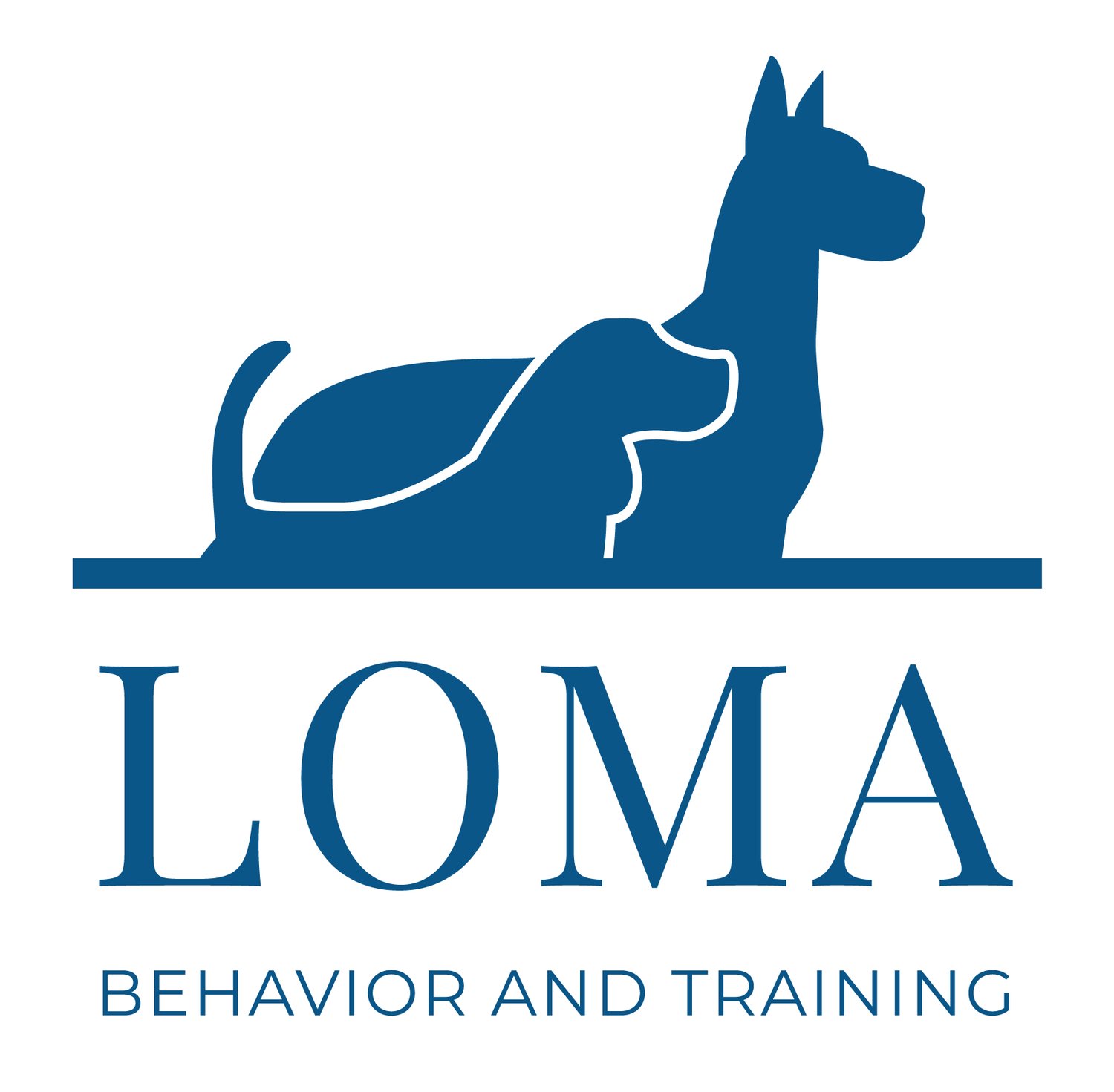How do I exercise my dog?
Clients ask this question often when they have a dog that is barking and lunging at other dogs on walks. That behavior makes it frustrating, embarrassing and sometimes scary to take the dog out. But what is the alternative? Doesn’t every dog need to get out on a walk?
Walking is not the only way to exercise a dog. In fact, walking may not be the best option for high-energy dogs who need a good workout. Most of us walk far slower than our dogs for the walk to be considered high energy. Then there are those dogs who are too frightened to enjoy walking in unfamiliar places. They might prefer other activities to walking. Walking can also be dangerous if you live in a warm weather climate where temperatures get so high your dog’s health is in jeopardy being outside in high temperatures. For any of these reasons, walking may not be the best exercise.
Instead, you want to create an exercise plan for your dog that takes into account your dog’s age, activity level, physical limitations and preferences. These differ for all dogs.
Exercise for the body
Most dogs need to run, swim or do something that gets their heart pumping for about 20-30 minutes every day. Puppies will not need such lengthy exercise times. They usually only need 10-15 minutes of moderate exercise. And it’s important to check with your veterinarian to determine if there are activities you should avoid (like jogging) because they might strain growing joints.
Here are some of our favorite activities we recommend to clients:
Chasing a ball, frisbee or bubbles. Don’t worry about your dog bringing the ball back - the goal is for your dog to run!
Chasing a "flirt pole". There are a variety of these types of toys that are similar to a cat toy for dogs. Adding in some practice of Sit and Drop will make this game even more challenging! Watch this video for an example of using a flirt pole safely.
Playing tug (even if they "win"). The myth that playing tug with your dog can cause aggressive behavior has been roundly debunked. But you do want to use caution about this game if your dog is already showing some growling or stiffness around toys. Then it’s time to see a professional and choose a different activity for your dog’s exercise plan in the meantime.
Active play with other dogs. Set up a play date with a friend’s or neighbor’s dog. We do not recommend dog parks because there are so many unknown dogs there. Not all of them have the social skills to do well with other dogs.
Exercises for the mind
Dogs need more than just exercise for the body. They need exercise for the mind, a way to use their senses, especially their sense of smell, and engage their problem solving abilities.
These are our favorite exercise activities for the mind
Replace your dog’s food bowl with a food dispensing toy. Eating food from a bowl requires almost no energy. Instead use a food puzzle toy so your dog engages their sense of smell and problem solving.
Measure your dog’s ration of kibble for the day. Then use this kibble for practicing obedience behaviors throughout the day.
Make frozen food “pupsicles”. Freeze your dog's kibble or treats in water or broth. This is especially great on those days it may be too hot to go for a walk.
Scatter food. Put your dog's kibble in a Snufflemat or scatter your dog’s food or some treats in the grass for your dog to find by scent.
Play "find it." Hide your dog’s food or treats throughout the yard or house for your dog to find by scent.
Here are our favorite food dispensing toys to replace your dog’s food bowl*.
Training Tips
Some dogs need a little encouragement to learn how to use food dispensing toys. Make the treats small at first so they easily fall out. Make the treats bigger when your dog is good at getting out all the treats.
Add in small pieces of special food items to make the treat toy exciting (include training treats, freeze dried meats or cheese, even small bacon pieces as special prizes).
Your Dog’s Exercise Plan
Once you have a selection of activities for your dog, including both exercises for the body and mind, write down a plan. What will your dog get to do each day? Keep it interesting. Enlist the help of other family members so each person gets to do an activity with your dog and everyone gets to have some fun!
*We are not affiliated with any of these companies. We just like their products.
About the author: Dr. Lorraine Martinez is the founder of LOMA Behavior and Training LLC and has been helping dogs and their people since 2002. She earned a PhD in psychology from the University of Washington and went on to graduate with distinction from the Karen Pryor Academy for Animal Training. She is a Behavior Consultant affiliated with the American Veterinary Society of Animal Behavior and is a Fear Free Certified Professional.



